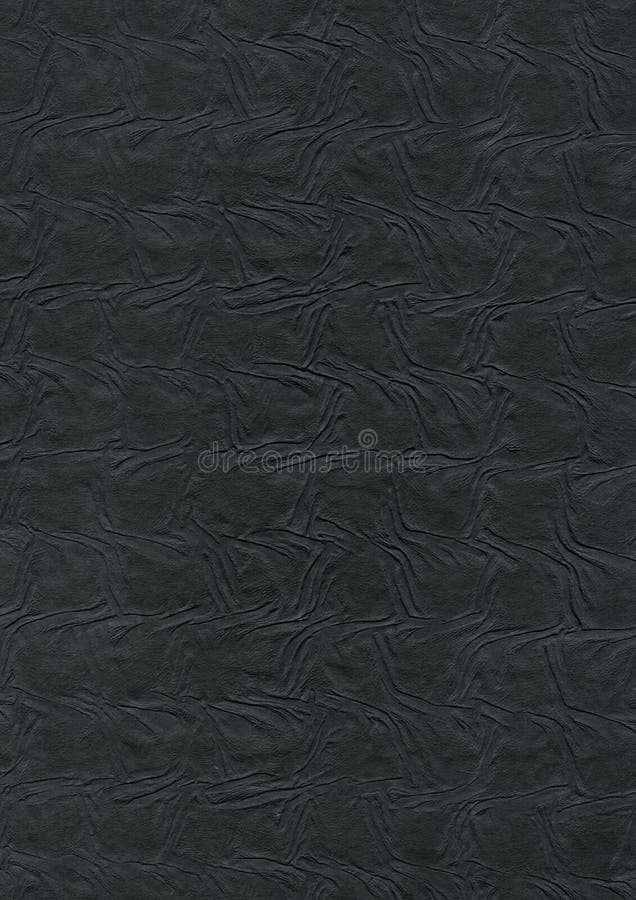

If you are looking for the best wallpaper for bumpy or textured walls, here are a few of our wallpaper recommendations for textured walls: Next, we recommend choosing a dark color over a lighter one and a busy print over a simple print. You’ll want to make sure that you choose thicker wallpaper which will conceal imperfections much better than thinner paper. While we can’t 100% guarantee that you will be able to avoid this, we can share a few recommendations when it comes to finding the best peel and stick wallpaper for textured walls.įirst, it is important to mention that quality matters. While this technique is commonly seen on ceilings, walls may also have the appearance of swirled patterns of half circles.įinding the Best Peel and Stick Temporary Wallpaper for Textured WallsĮven if our wallpaper ends up sticking to your wall, the texture still may show through the print. This distressed and uneven texture is typically applied with a special curved knife and resembles the popular wall surface type mentioned above, knockdown texture.

Similar to orange peel, the Knockdown technique goes one step further by flattening any peaks and bumps for a more naturalistic appearance. Yet even though it is rough to the touch, this dimpled surface is much smoother than the popular popcorn wall.

Just like its name says, this “splattered” wall type resembles the texture of an orange peel. While this texture is great for concealing imperfections on your wall, it can be difficult to paint or cover-up due to its rough appearance. It's as close as your local lumberyard or home improvement store.Gaining its popularity in the early 1960s, popcorn or “cottage cheese” textured walls and ceilings feature bumps with high peaks and low valleys. Luckily, traditional beadboard wainscoting is readily available and inexpensive. Sometimes the effect is achieved simply by separating sections of the wall with a chair rail molding and using a different paint color on the bottom section. Wainscotting is often made from wood beadboard painted white, but it can be made from many different materials, such as stained and finished hardwood paneling or a section of complementary wallpaper. It is also possible, though, to make very high wainscoting, a common treatment in dining rooms or dens. The top of the wainscot is often bounded by a chair rail molding. Traditionally, a wainscot rises to a level about one-third of the total height of the wall-about 32 inches on an 8-foot (96-inch) wall. Wainscotting is any wall covering that extends only part way up the wall. With a little creativity and a good design concept, you can cover walls with just about any material you can think of. So, for some of these coverings, consider installing them on a single accent wall rather than all four walls. But a word of advice: the more unusual and complex the wall covering, the more restraint you need when using them. Some are so highly textured and detailed that covering your entire house with them (or even an entire room) will produce visual overload. And that's a fine choice as well because wallpaper is a great way to introduce pattern and texture into wall surfaces.īut what if you're interested in wall covering ideas besides the obvious? Read further for some inventive ways to cover a wall. And if not paint, then wallpaper is the covering of choice in most other walls. And there's nothing wrong with that since you can't go wrong with a nice coat of good-quality interior paint. Most walls in the home get the usual covering treatment: interior paint in a flat, eggshell, or semi-gloss sheen. The Spruce Home Improvement Review Board.


 0 kommentar(er)
0 kommentar(er)
